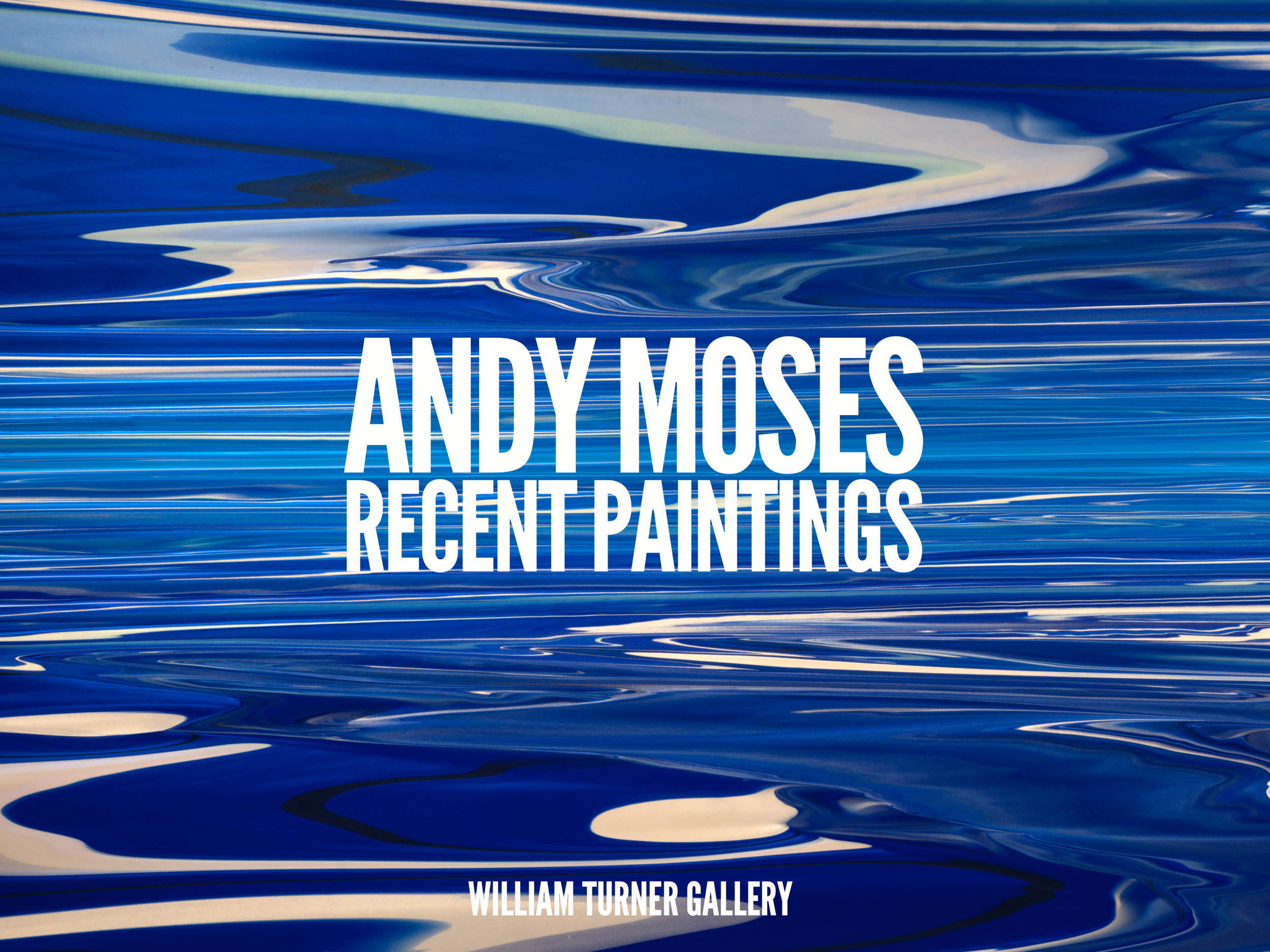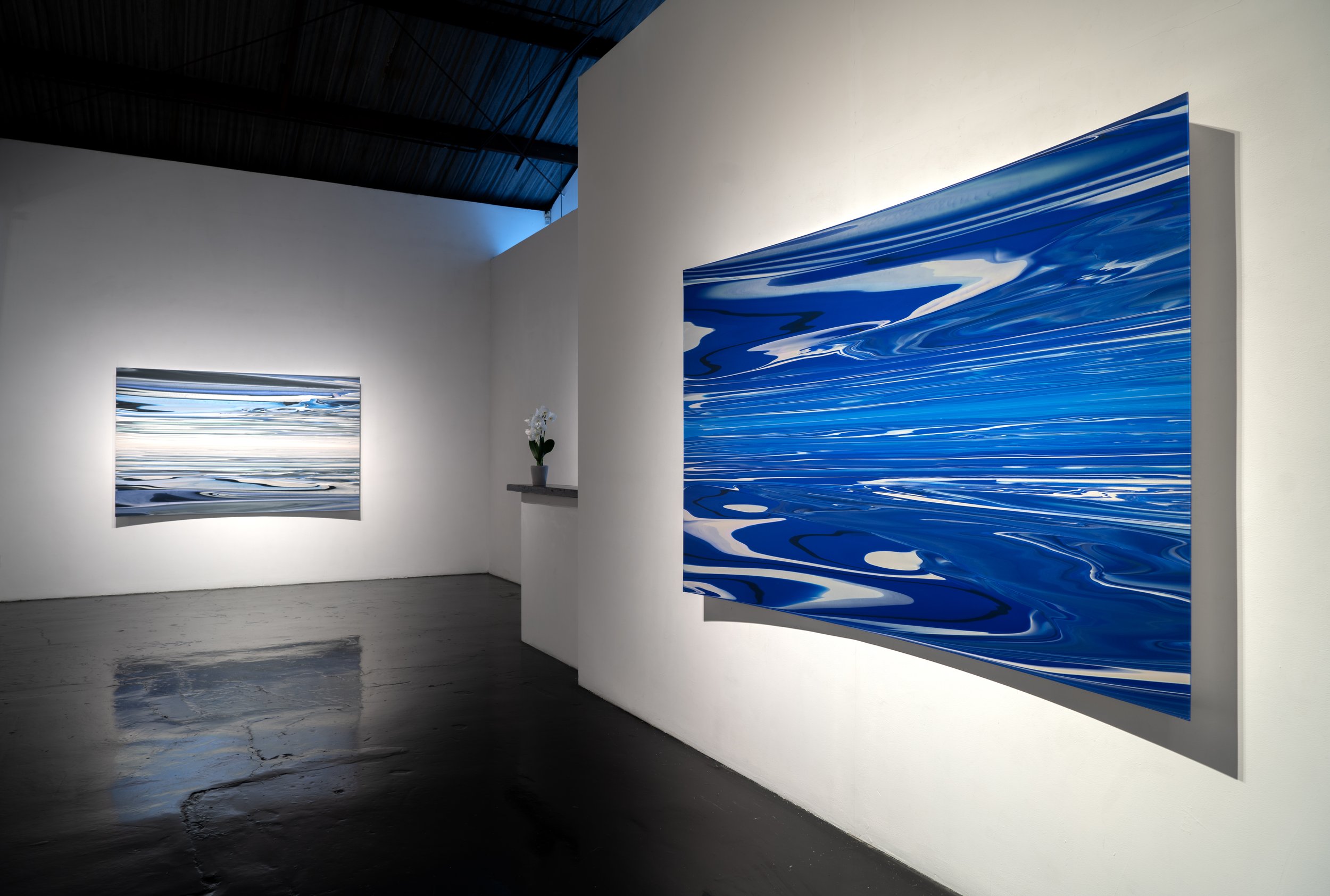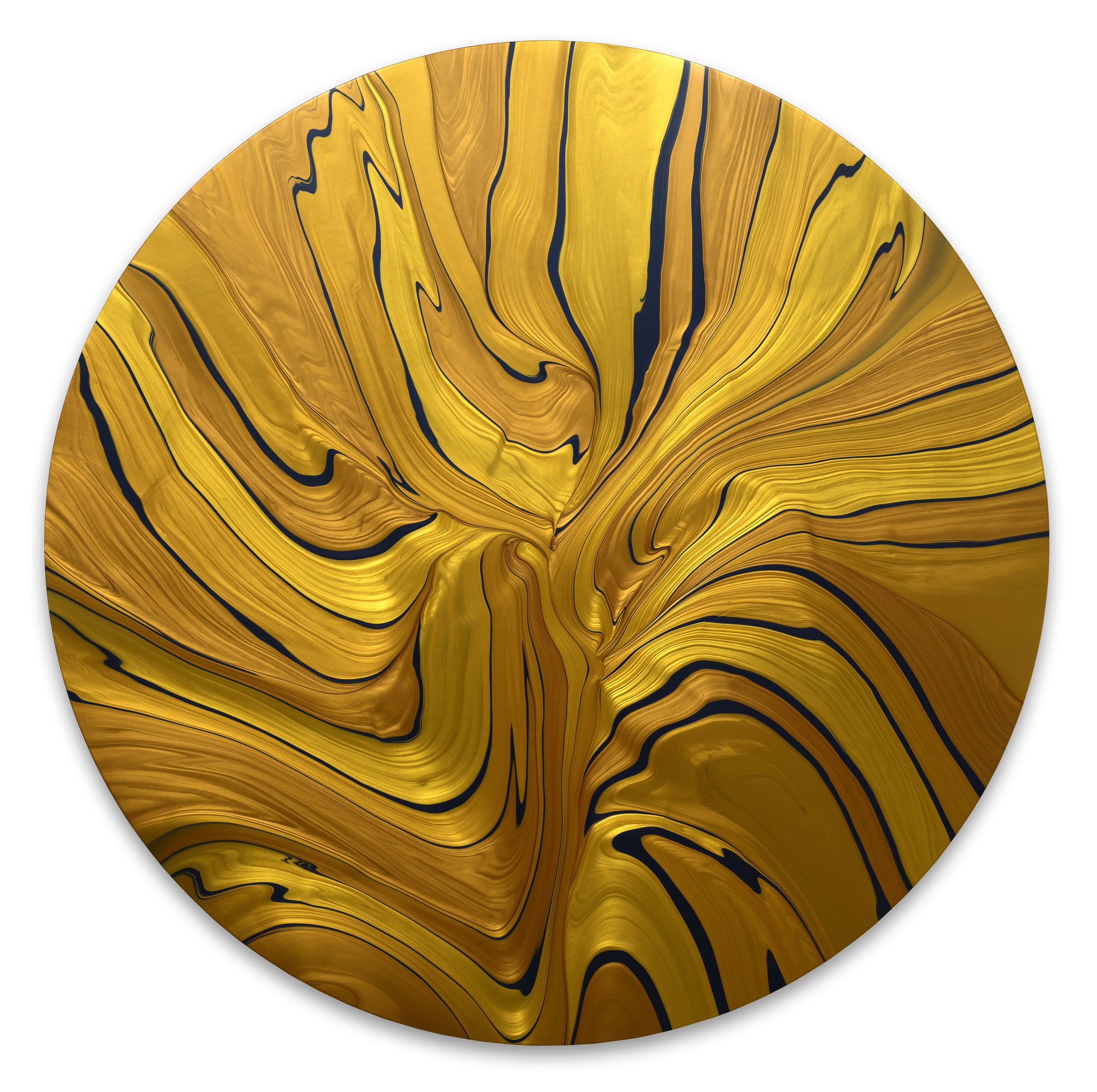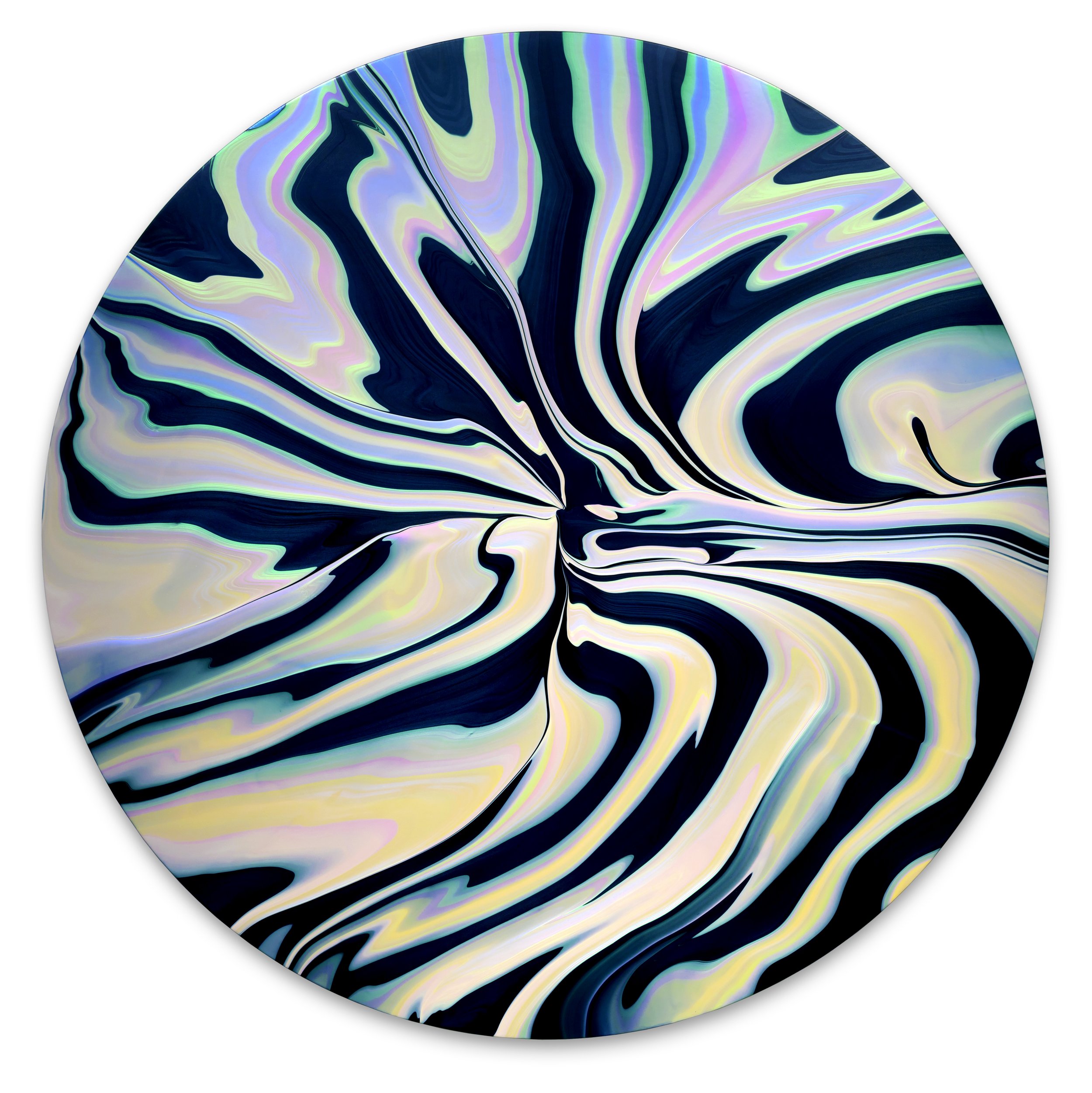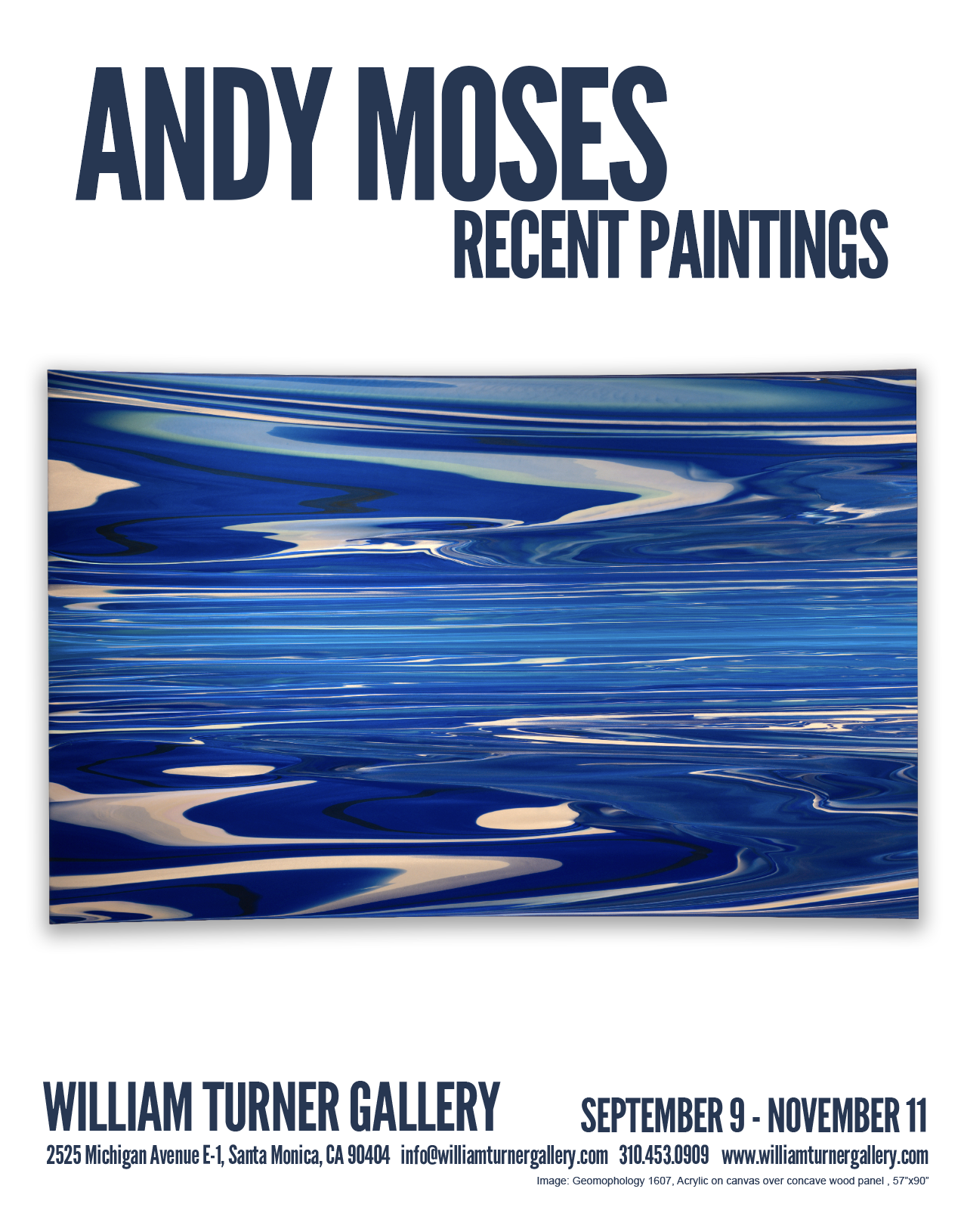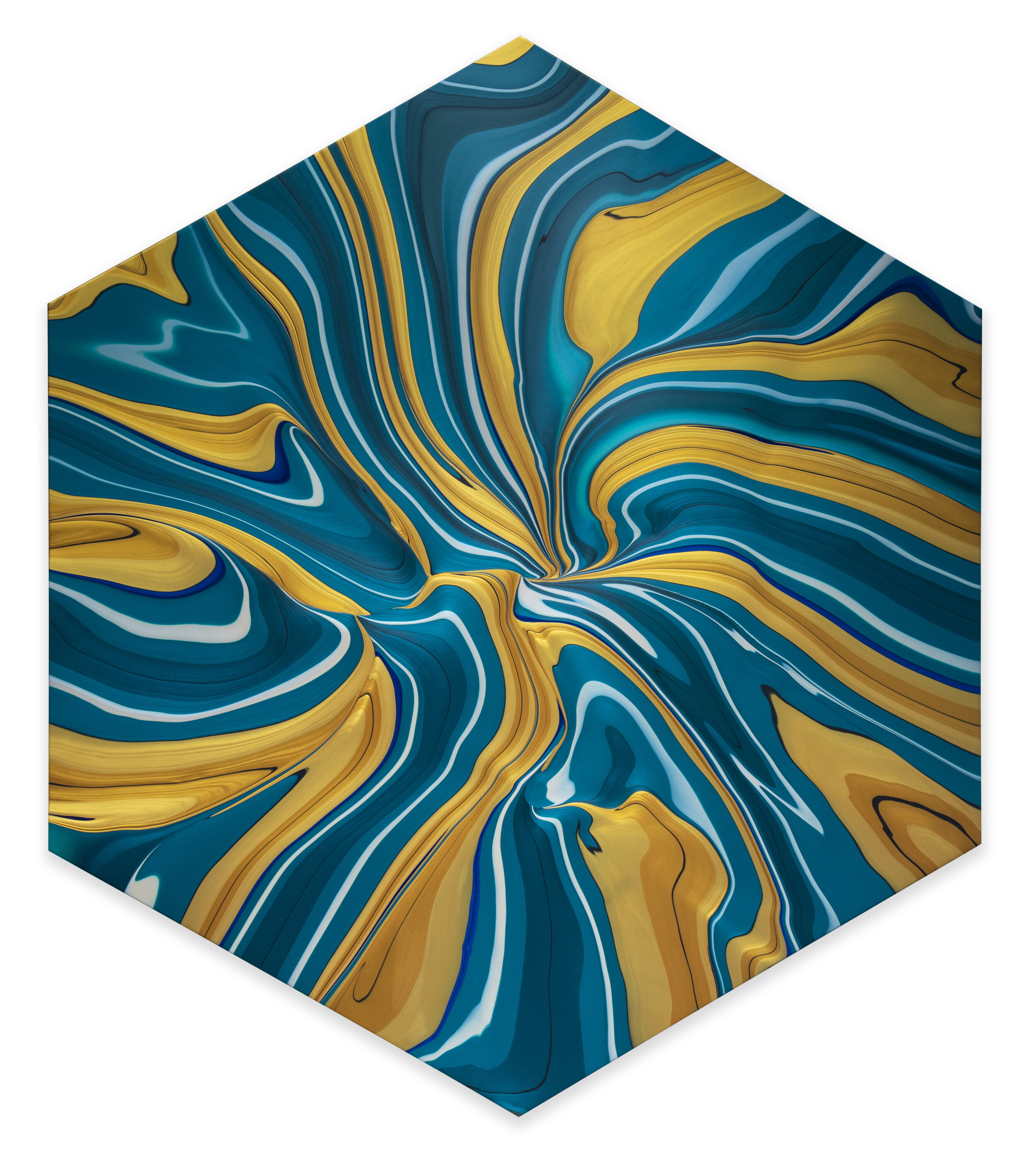Anthony Haden-Guest for WHITE HOT MAGAZINE
ANTHONY HADEN-GUEST
Anthony Haden-Guest (born 2 February 1937) is a British-American writer, reporter, cartoonist, art critic, poet, and socialite who lives in New York City and London. He is a frequent contributor to major magazines and has had several books published including TRUE COLORS: The Real Life of the Art World and The Last Party, Studio 54, Disco and the Culture of the Night.
Andy Moses’ father, Ed Moses, was an artist with the Ferus Gallery, now enshrined as LA’s Cool School, and Andy grew up in the Santa Monica Canyon, looking out onto the ocean. He went to the California Institute of Arts, where the Death of Painting was a given and Concept art and Minimalism ruled, so for two years he worked with film and video. But an urge to pick up a brush seized him in his third year and he describes his instant conversion to pigment as a chemical rush. Upon leaving Cal Arts in 1982 he headed straightaway for New York where the break-out of the Neo-Exes had brought painting back to robust life.
Moses’ earliest work in New York were black-and-white abstractions and these were in his first exhibition at Annina Nosei. There was a distinctive edge to his project from the get-go. “I almost went into the scientific world when I was young,” Moses says. “I was very good at math and science. It’s always in the back of my mind and the way I make paintings is kind of scientific. Basically I experiment and try to figure out how paint flows.”
Such thinking entered the content too. “I was taking stories out of the New York Timesand silkscreening them on the sides of images to create complex narratives that were very much about language,” he says. “Things disintegrating, things forming. So I was kind of telling the audience what I was interested in.” The opening of a show in which he had work brought him back to Southern California in January 2000. “I fell in love with LA all over again,” he says. His New York period was done.
Moses settled first in Malibu. “It was right on the water. I used to commute to my Venice studio,” he says. “In New York I would go to Montauk. But you didn’t get the sense of infinite horizon that you get out here. There’s a point where the horizon connects with the sky. And sometimes it’s very well defined, but sometimes there’s a haze, a blur, and one thing begins to turn into another. I’m interested in that mirroring effect, of looking out into space, seeing one thing mirror another. You see it a lot in the desert, you see it a lot in the ocean.”
This got into his art. “The work shifted pretty quickly.” Moses says. “The very first ones I started doing were long and horizontal, mostly pearlescent white, and quite simple images.” He began keeping precise color notes. “I have an assistant who reads these charts and follows these tabulations,” he says. “We have thousands of pages going back years and years.”
He will begin a painting by figuring out the colors. Basing his choices on what?
“Things I’ve seen. Like things I’ve seen out in the natural world.” he says. The commutes on the Pacific Coast Highway have been a slipstream of visual event. “They are engrained on my memory. Then I focus on certain colors that might work together. What I’ll do is experiment on small paintings to see how much of these colors I should put in. It’s very interesting. Because reds and greens seem to expand, the blues seem to contract. So I have an idea what I’m going to do. But either they follow what I’m trying to get at or they don’t. And what’s cool is there is a certain amount of control but I also have to react to a situation in the moment.”
Accident being crucial.
“It’s a brand-new experience every single time,” Moses says “And that’s what makes it exciting. I don’t know what the end is going to be. I have to discover it as the paint is flowing. And react. And the paint reacts to what I do. And I react to what it does.”
He uses a dozen buckets, holding a couple of quarts of paint apiece, on each canvas. “I’ll walk around and pour in from one side and pour in from another side,” Moses says. “Everything is moving towards the center. And if I lift the painting up as it’s moving, everything will run the other way. So it is this juggling act of trying to get the sensation of everything moving towards the center. But at the same time there is a lot of circular movement that is happening.
“And other lines will be pushed by other buckets of paint. They will start to recede and come forward, which creates a three dimensional aspect. So I really never know what a painting is going to look like until it’s finished. Each one begins and ends in its own way. And there’s a million possibilities every time. And at a certain point I have to let go. And say that’s it!
“Once the color is down and the surface is all wet I can work on it for a couple of hours. It’s an intensely focused period of time. And the painting has to be done in one sitting every single time. It’s always done in a day. And it’s a long day.”




